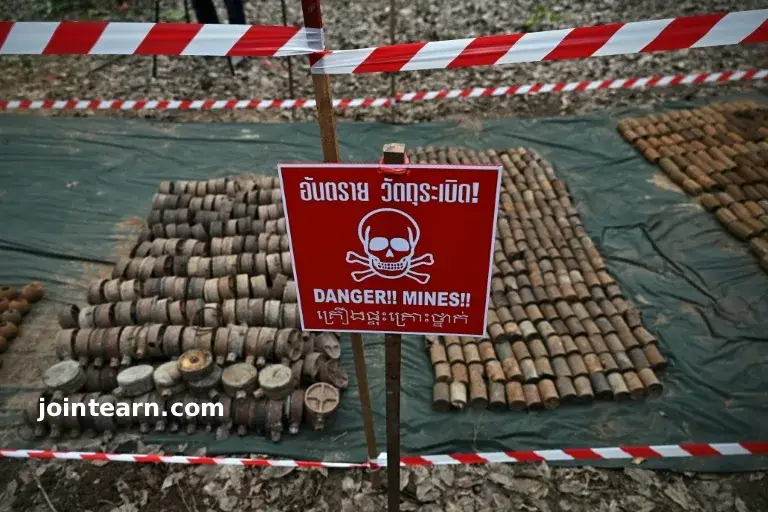
Bangkok and Phnom Penh – November 12, 2025 – Tensions along the Cambodia-Thailand border have flared again, with Cambodian officials reporting one civilian killed and three wounded during renewed gunfire between troops from the two nations. The clashes follow Thailand’s decision to pause implementation of a US-backed peace agreement, citing a recent landmine blast that injured several Thai soldiers.
Renewed Violence Along the Border
The latest incident erupted along the boundary between Thailand’s Sa Kaeo province and Cambodia’s Banteay Meanchey province, just two days after Thai authorities reported that a newly laid landmine wounded four of its soldiers. Cambodian Prime Minister Hun Manet confirmed that at least one civilian, identified as Dy Nai, was killed and three others were injured during the exchange.
“The action goes against the humanitarian spirit and recent agreements to resolve border issues peacefully,” Hun Manet stated on social media.
Cambodia shared images and video allegedly showing wounded civilians being treated in ambulances, although the provenance of these materials could not be independently verified by AFP.
Conflicting Accounts from Phnom Penh and Bangkok
Thailand has denied responsibility for civilian casualties, with Royal Thai Army spokesman Maj. Gen. Winthai Suvaree claiming that Cambodian troops fired into Thai territory. Thai soldiers reportedly fired warning shots in response while taking cover. No Thai casualties were reported during the approximately 10-minute engagement.
Local Cambodian residents described harrowing scenes of gunfire. Villager Hul Malis told AFP, “They just shot at us. We did nothing. I am so frightened, I am running away now.” Her husband Thong Kimleang said that the Thai military fired for around 15 minutes, escalating fear among civilians in the area.
Historical Context of the Border Dispute
The Cambodia-Thailand border has been a source of conflict for centuries, rooted in disagreements over maps drawn during the French colonial era in 1907. Key flashpoints include a number of ancient temples and territorial areas, including the famed Preah Vihear temple, whose sovereignty was awarded to Cambodia by the International Court of Justice in 1962.
The region previously saw five days of open combat in July 2025, resulting in 43 deaths and displacing roughly 300,000 people. That conflict ended after a ceasefire brokered by former US President Donald Trump, alongside diplomatic efforts by China and Malaysian Prime Minister Anwar Ibrahim, who chairs ASEAN. A follow-up agreement last month called for the withdrawal of heavy weapons and allowed ceasefire monitors to access the border.
Fragility of the Truce
The recent landmine explosion and renewed gunfire have thrown the future of the truce into doubt. Thailand has already delayed the release of 18 Cambodian soldiers captured during previous clashes—a critical component of the peace agreement. Both sides continue to accuse each other of violating ceasefire terms, raising concerns about the potential for further violence along the contested frontier.
Cambodian authorities have evacuated hundreds of residents from Prey Chan village to ensure their safety, relocating families to a Buddhist temple about 30 kilometers from the border. The ASEAN observer team continues to monitor the situation in an effort to prevent escalation.
Analysts warn that without a clear resolution to the underlying territorial dispute, sporadic clashes are likely to continue, posing risks to civilians and regional stability in Southeast Asia.


Leave a Reply